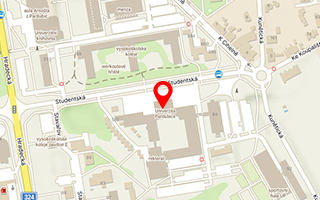Publikace detail
Theoretical proposal of the engine for hale unmanned aerial vehicles
Autoři:
Michálek Tomáš | Novák Martin | Absolon Stanislav | Hůlek David
Rok: 2018
Druh publikace: článek ve sborníku
Název zdroje: Transport Means : proceedings of the international scientific conference
Název nakladatele: Kaunas University of Technology
Místo vydání: Kaunas
Strana od-do: 811-815
